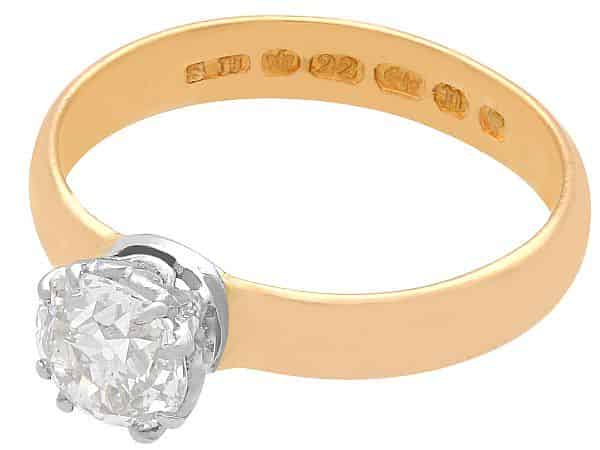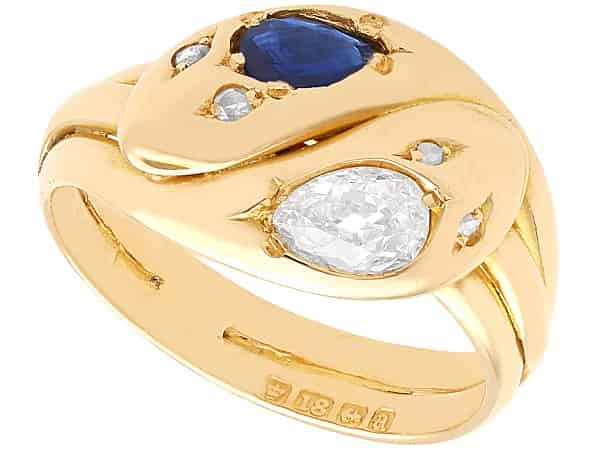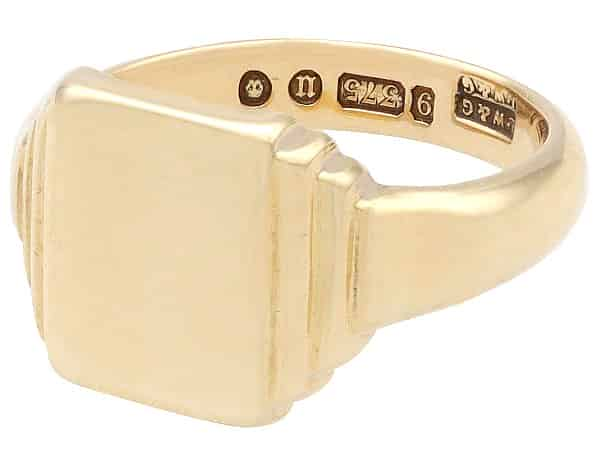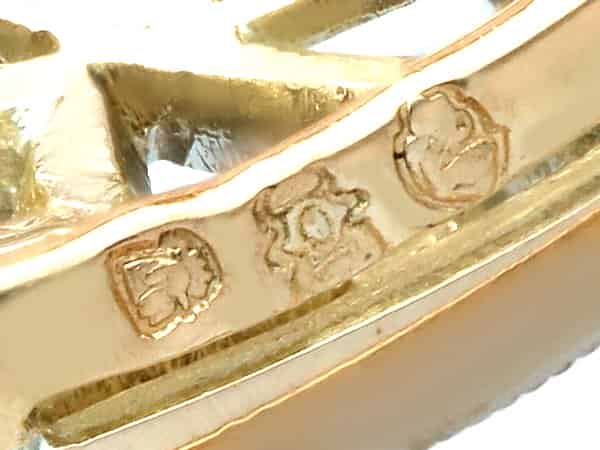Hallmarking Antique Jewellery
The wonderful world of antique jewellery, works of art, provenance, character, cuts and styles, very rarely will this combination be found in modern items of jewellery.
Jewellery created before 1930 is considered to be antique, generally the benchmark used for considering an item to be antique is a piece over a century old, however with antique jewellery many of the techniques and materials available have changed so vastly that jewellery pre-1930 can be considered antique.
The most common antique piece of jewellery to be found is undoubtedly a ring. It was however common practice for larger pieces; such as tiaras, necklaces, brooches, antique bracelets and earrings to be broken down into smaller items of jewellery, either to be sold within the trade or so items could be made into more every day wearable pieces.
At AC Silver we have an eclectic range of antique jewellery from all over the world and dating from as early as 1800. We are proud to posses a wide variety, vintage diamond necklaces, antique sapphire rings, contemporary ruby jewellery, and so much more, with some fine examples of archetypal Georgian jewellery, Victorian and Regency jewellery as well as Art Nouveau and Art Deco antique jewellery.
Where Are the Hallmarks on Antique Jewellery?
There are numerous factors to be considered when examining hallmarks, stamping (or lack thereof) on any item of antique jewellery. From country of origin, the conditions and circumstances the jewellery was produced, and the person who crafted an item.
Antique jewellery hallmarking criteria was very different to antique silverware; jewellery hallmarking did not become compulsory until 1975. European regulation was created to align all European countries to enable the same standards for precious metals. Prior to this date countries had different systems and purity.
Antique Georgian jewellery is unlikely to be struck with hallmarks as gold assaying wasn’t enforced until the 1900s. Striking maker’s marks was also a practice not enforced until the 1900s, even then it was not strictly adhered to, it was however considered to be a more ethical and legitimate practice.
Antique jewellery can be very fine and delicate; hence often there was no suitable area to strike hallmarks. As the practice was not compulsory, a maker did not feel a priority to consider incorporating a space for hallmarking and certainly if it would be to the detriment of or affect the style a jeweller was wishing to achieve.
Hallmarks to the interiors of rings can, due to age and wear, become so worn they are illegible – Although these marks can be lost, a ring should not be discounted for purchase; due to a pieces quality, the exterior can remain in fine condition for many decades.
Antique jewellery was not always crafted or created on a large scale; frequently artisan craftsmen who were making pieces did not have access to equipment necessary for hallmarking. If a piece was required to be sent for hallmarking, this created the possibility of theft, damage, and also costs, the maker would often rather leave a piece without hallmarks.
A loss of hallmark to an item of antique jewellery can also be due to sizing. The jeweller when resizing a piece may remove metal, often there will have been no option to do so other than removing the piece that bears hallmarks. At AC Silver if sizing is required our experienced working jewellers will always, where possible and with modern equipment, do so without the loss of any marks.
Without forced regulation, hallmarking and stamping was only a priority to those who made important pieces or were part of large jewellery houses – such as Cartier or Liberty. Often however such houses would only inscribe a maker, rather than striking purity and origin marks.
Without Hallmarks, How Do We Know the Age of the Jewellery?
Experts (including at AC Silver!) are able to verify the age of pieces without the use of hallmarks and stamping. Style of jewellery, cut of diamonds and gemstones are considered, this is the most obvious and apparent signifier to the age of any piece of antique jewellery. Specific styles are very typical of certain ages and eras, great indicators in the absence of any hallmarking and stamping.
When testing purity of metal in antique jewellery, we use Niton XL2 Series Analyzers to enable the exact elemental analysis of precious metal content in jewellery, coins, and other valuable products. The analyser simultaneously measures the content of all precious metals present – e.g., gold (Au), silver (Ag), platinum (Pt), palladium (Pd) as a percentage of the total item content. The analyser permits precise determination of the presence and concentration of other trace alloying elements.
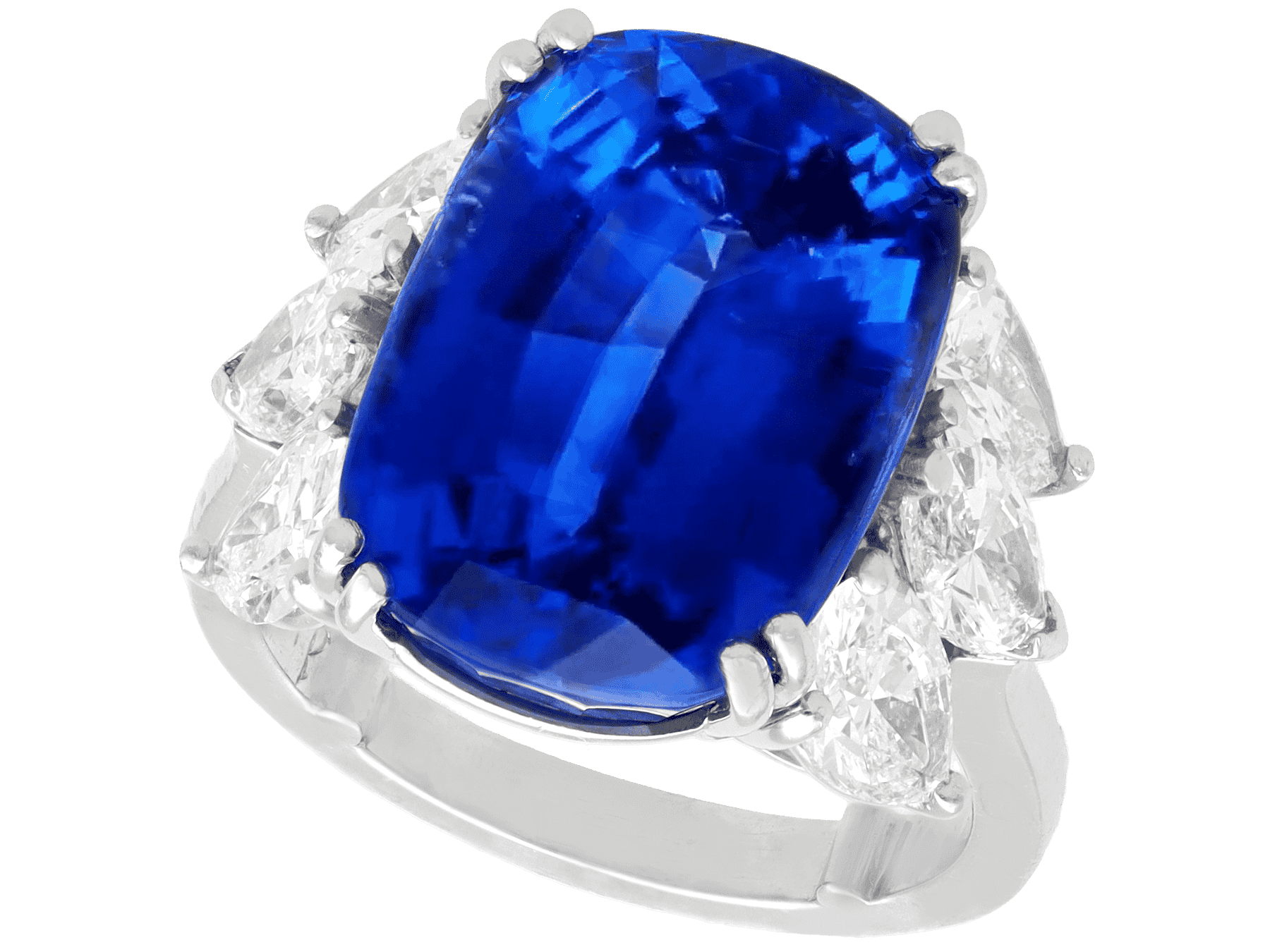
Looking to expand your antique jewellery collection?
Browse our collection of vintage and antique jewellery
